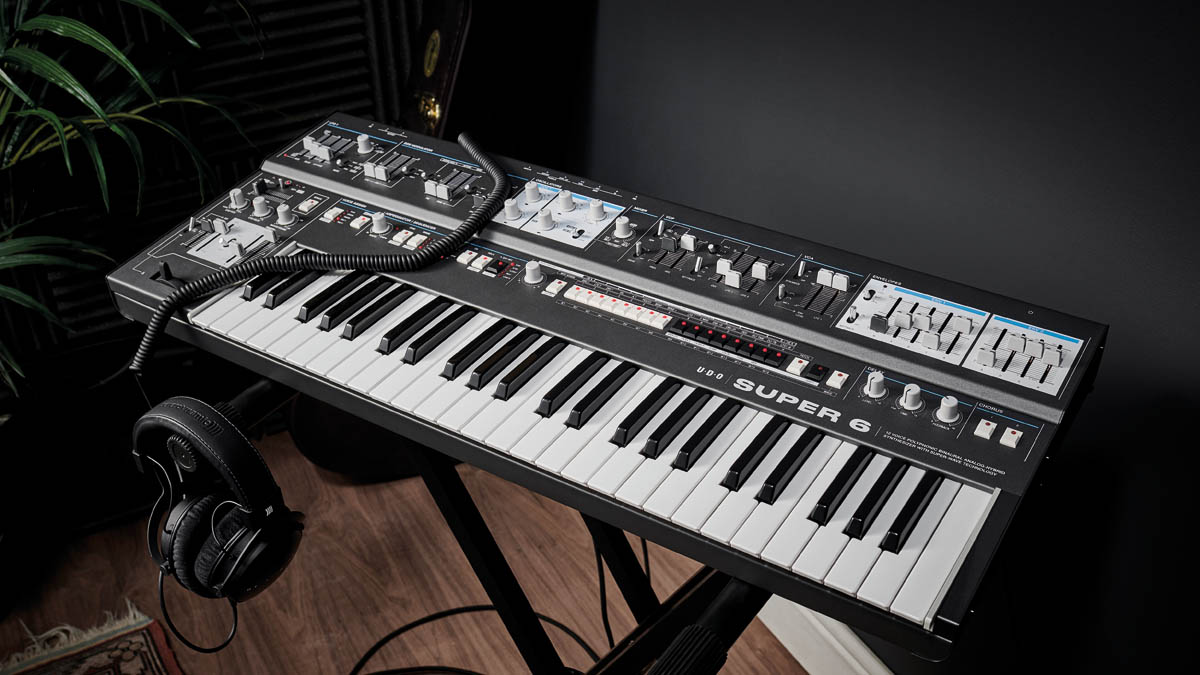MusicRadar Verdict
An impressive machine; even more so for a first release. Intuitive, super-versatile, sounds unique… a pleasure to get lost in!
Pros
- +
Stellar build quality, direct and intuitive interface.
- +
Sounds unique.
- +
Everything from classic poly-fodder to future soundscapes.
- +
Future-proofed with wave import and (as yet unlocked) MPE.
Cons
- -
Quality like this does cost more.
- -
Some will lament the lack of a screen for patch naming.
- -
Travel of the mod-bender is a bit shallow and stiff.
MusicRadar's got your back
What is it?
I first got to play the Super 6 prototype last October at a synth show and also had the pleasure of talking to UDO’s friendly founder, George Hearn.
Back then, even with some features not implemented, I already got a great vibe for this machine and it was also great to be able to talk with such a passionate synth expert about his first UDO product. Just over a year later it’s great to see the pandemic hasn’t deterred UDO from finishing and refining the Super 6 and getting it out into the wider world.
With its UI and look designed by legendary industrial designer Axel Hartmann, the Super 6 is certainly beautifully laid out, with hints of Juno/Jupiter-6 and Teisco’s rare 110F. It definitely has a moody, industrial air to it, both in terms of look and feel and the layout draws you in, to explore its inner depths.
The Super 6 is currently available in two colours; blue and gun-metal grey, again adding to this industrial vibe. The all-metal case feels tank-like in construction and the attention to detail is spot-on with clear panel labelling and curved wrap-around end panels – I would have no hesitation throwing this synth around on tour!
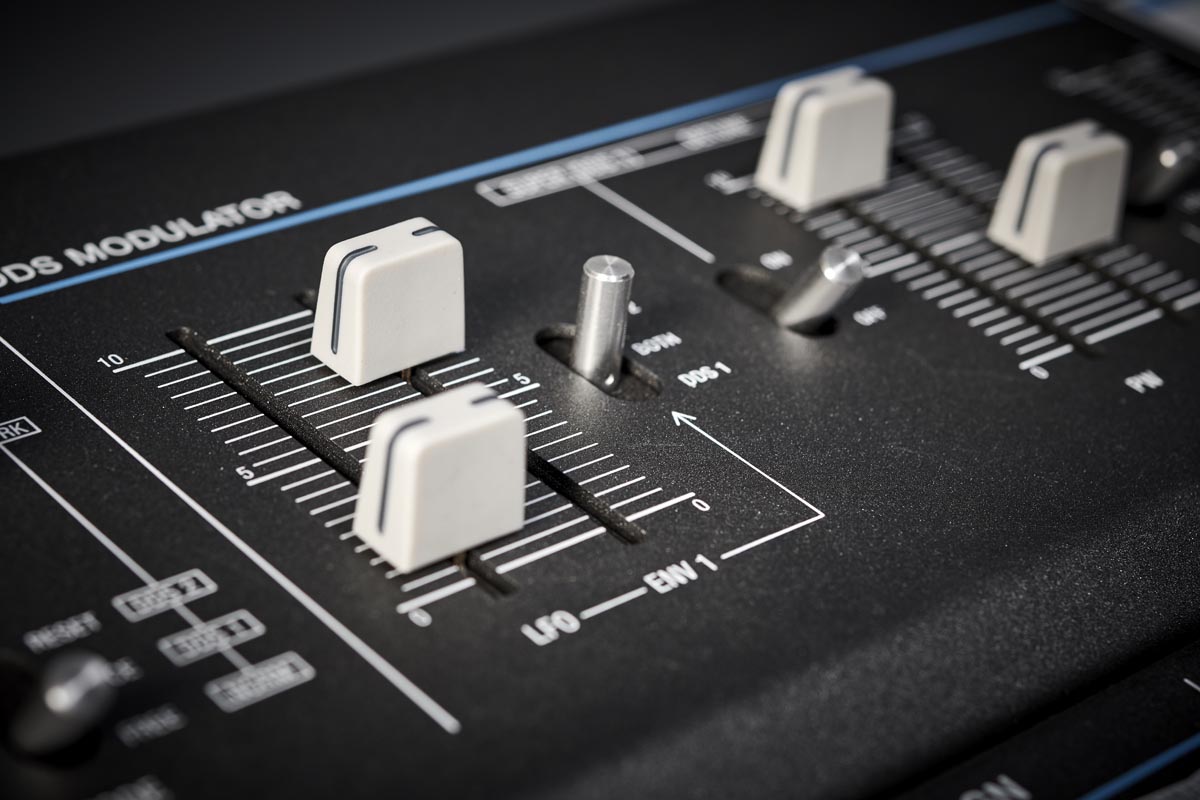
Similarly, the tank-like construction applies not just to the case but the faders, knobs and switches, which all feel of military construction and operate with accordingly reassuring feedback. The faders in particular have a decent resistance so it’s easy to dial in settings very accurately.
Another bonus of sliders/faders vs knobs is that faders let you easily see where your sound is set. You’ll also find multi-position toggle switches (similar to those used on Korg’s ’logues and the Jupiter 8) plus Jupiter 8-style knobs, (but in white, not black) and Prophet-style patch-select buttons with classic red LEDs. So the interface is a real mix of legendary synth-inspired hardware!
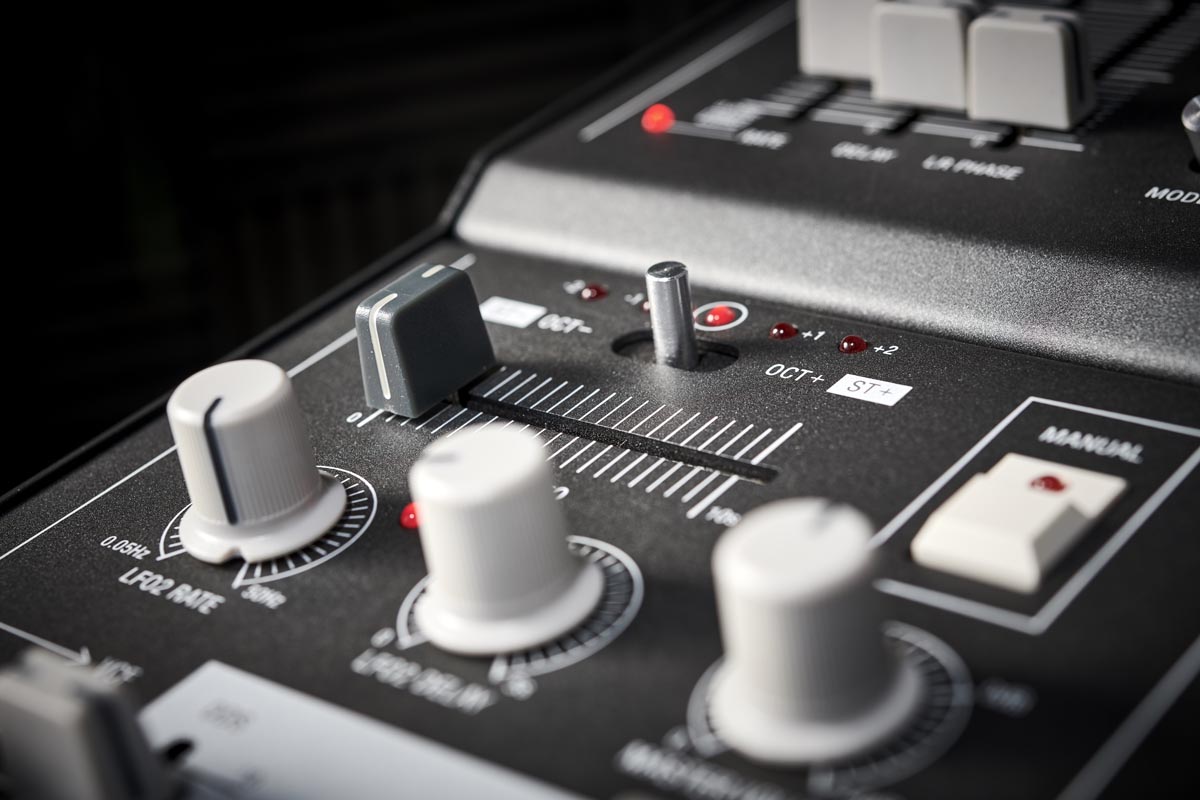
Moving onto the keyboard, the S6 features a 4-octave Fatar keybed with channel aftertouch (and MPE capability is ingrained, though yet to be switched on, future-proofing it nicely).
Want all the hottest music and gear news, reviews, deals, features and more, direct to your inbox? Sign up here.
It feels nicely balanced for playing single lines and chords. Compared to my Prophet-6, the Fatar keybed has a little more resistance but, regardless, it’s excellent.
One noticeable feature is the overhanging keyboard – some folks worry about overhanging keys, but I find overhanging keys useful (particularly if I have a keyboard on top of my Rhodes) as they allow much easier playing than when the key fronts are flush with the case front. ARP also had this same idea in the ’70s (though to a more extreme level!).
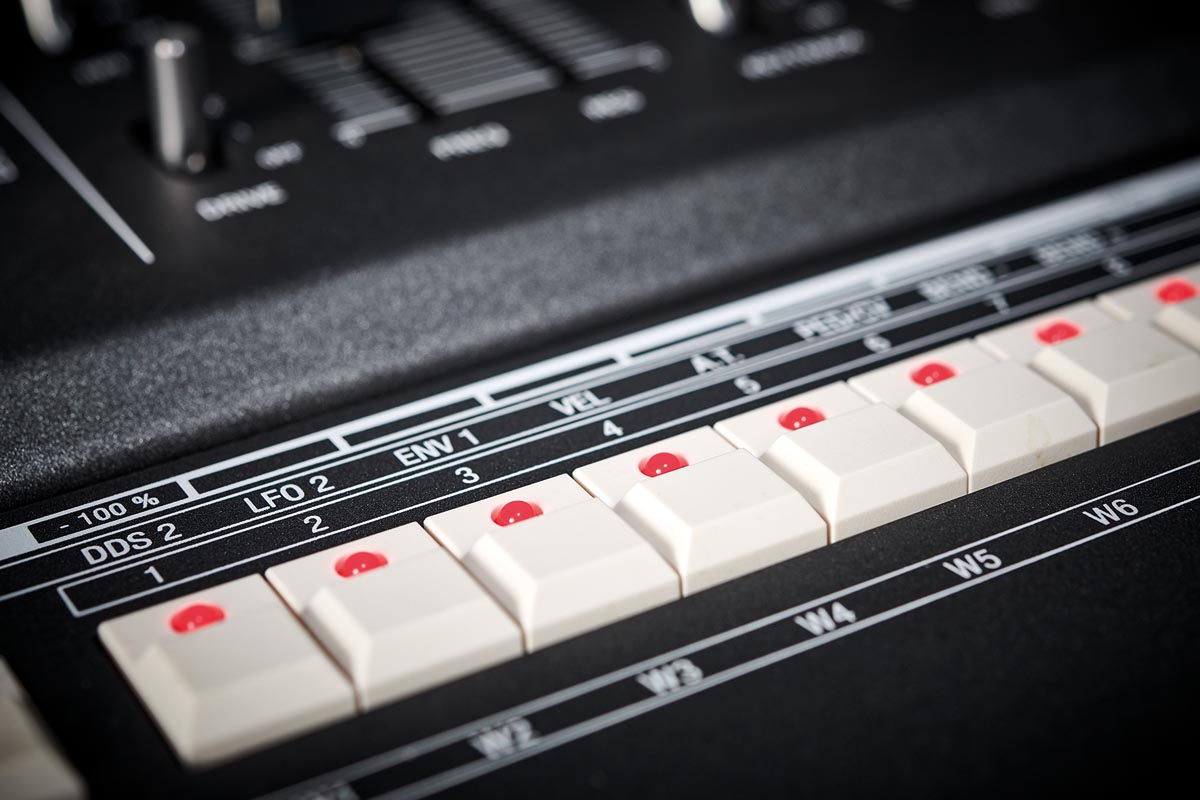
Performance features, Mod matrix
For live or studio work, the Super 6 has a number of useful features to help transform its core sound on the fly. Firstly, you have a versatile left-hand controller section that allows you to direct the Roland-style mod-bender to DDS1 or 2 (or both) for pitch bending, vibrato or filter mod and cutoff.
You also have nicely controllable aftertouch which can also be assigned here, along with controls for LFO2’s rate (with onset delay for fading in pitch mod, as an example).
Further to this, there’s classic portamento (although there are no selectable curves, as yet). Finally, you have a toggle switch for octave up/down and transpose. It also has a surprisingly versatile mod matrix.
Performance and verdict
Performance-wise? Well, this synth is super hands-on and everything is under direct control with very little hidden. I love that there’s no screen or menus, though you forfeit patch naming.
You can, however, name patches in your computer as the Super 6 handily appears on your desktop as a flash drive and also has class-compliant USB drivers.
At the heart of the Super 6 are two FPGA-based oscillators labelled as DDS1 and DDS2 (Direct Digital Synthesis). FPGAs power the engine (also found in the Novation Peak/Summit) and in essence run at very high resolution, enabling super-smooth parameter changes that ensure analogue-like reactions and quality in the sonics, without aliasing or degradation.
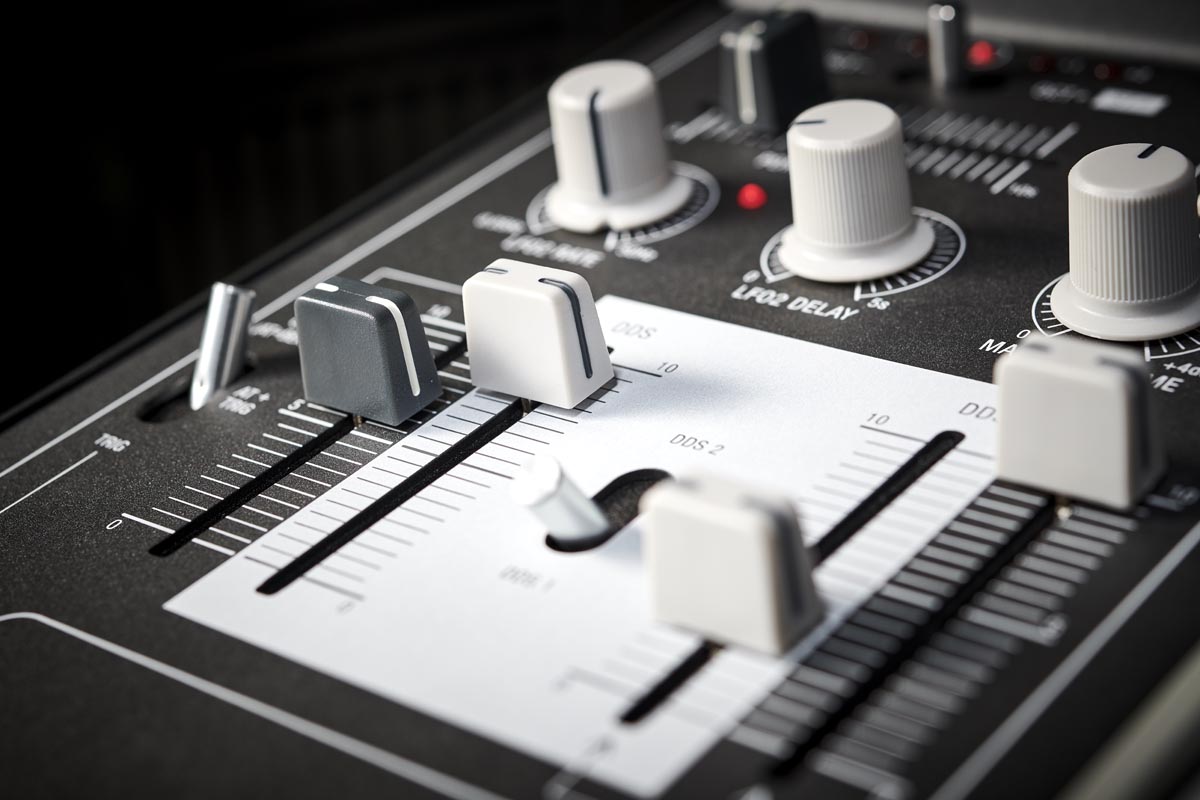
They are sure to be used in far more synth products in the future as they seem to deliver exactly what’s needed to bridge the gap between digital and analogue oscillators, offering the best of both worlds.

• Novation Summit
Another British beauty, the Summit also is a hybrid like the Super 6, having FPGA oscillators paired with an analogue filter and lovely digital effects.
• Korg Prologue 8
Despite a few omissions, the Prologue sounds inspiring. Unique analogue character, layered with VPM sounds and effects. Magical!
Having said this, there is no drift parameter, slop, or vintage parameter (as used on the Summit and Sequential Prophets to inject more of a wonky vibe) but the versatility of the oscs and LFOs navigates around this nicely.
For example, you can use the SWM (super wave modulation) slider in the powerful DDS modulator section, along with the detune slider on Osc1 for super-fat supersaw-like monster sounds which can be static or modulated by the SWM slider.
DDS1 is described in the excellent manual as having a ‘centroid’ osc, surrounded by six other free-running oscillators which can be spread out around it (three each side).
This also means you can simply use DDS1 alone and get expansive sounds with plenty of movement and animation without the voice-count taking a massive hit (providing binaural mode is off, but more on this later).
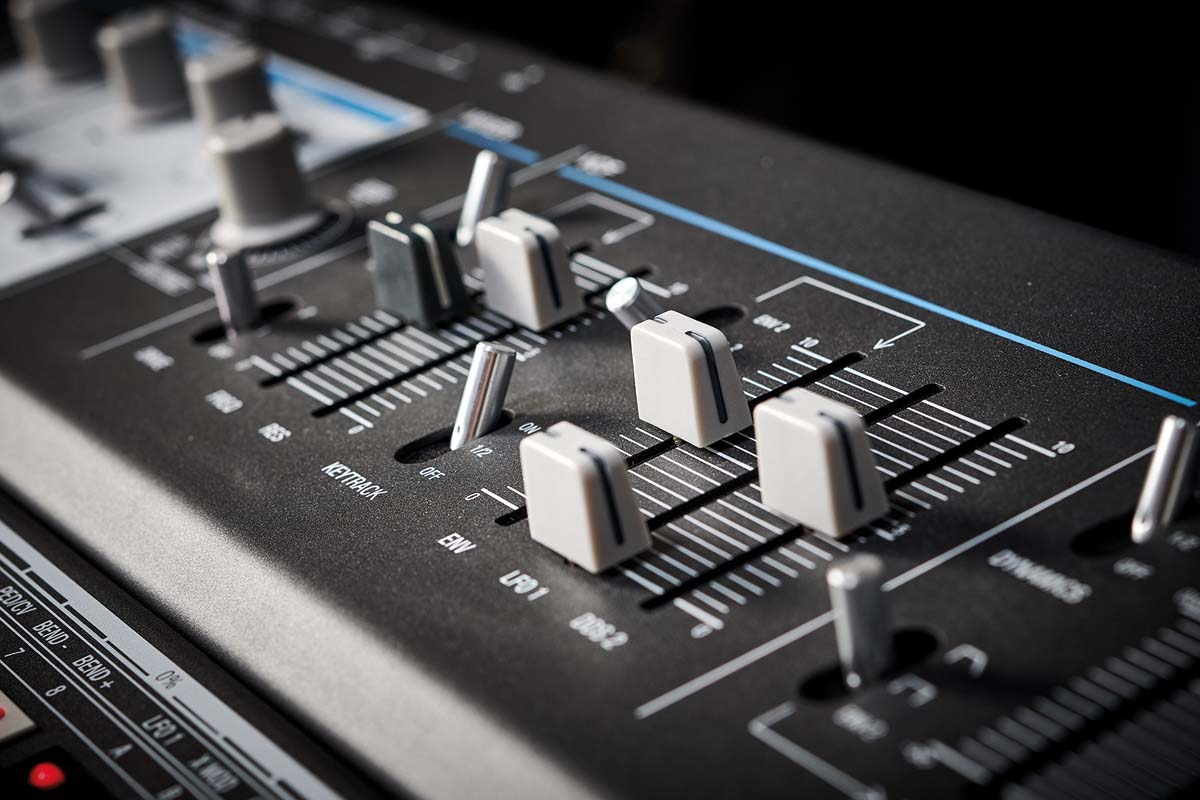
Talking of DDS1, this is the most advanced of the Super 6’s two oscillators and features a range from 64’ to 1; along with sine, saw, square, triangle, noise and a versatile sixth option which allows direct access to 16 single-cycle waves (by pressing the Wave button and hitting any of the 16 patch selection buttons).
While the S6 ships with 16 waves (to add texture beyond the more standard analogue-style waves), more will be available periodically via UDO and all are user-replaceable, although currently any user waves need porting to the Super 6 Binary file format.
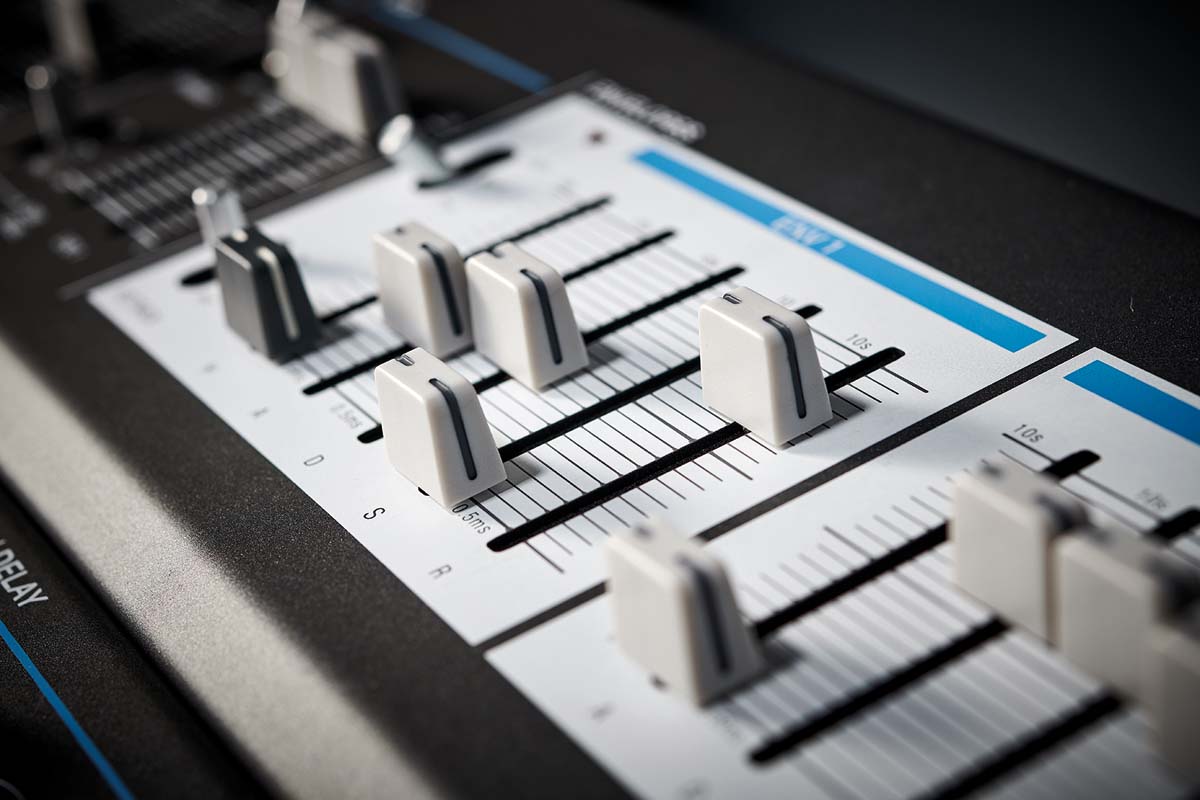
I presume UDO will launch a converter utility at some point to make this a slick operation but it’s great to know the sonic palette can be expanded going forward. Sonically, the analogue-style waveforms sound fat with plenty of beefy low content, great mid presence and cutting high-end and the S6 definitely has its own vibe going on.
DDS2 is also surprisingly powerful, containing the same five waves as DDS1 but adding variable pulse in the sixth slot, which can be modulated by the PW slider manually (or via PWM). DDS2 can also be fine-detuned against DDS1 for vibe and can also be used as a square wave sub-osc to add low-end reinforcement
Plus, it can double as another LFO, adding more waves than even LFO1 offers up. Then there’s great-sounding oscillator sync, plus the normal wave audio of DDS2 can be replaced by audio appearing at the audio input, which then runs through the full Super 6 signal path.
The analogue-style waveforms sound fat with plenty of beefy low content, great mid presence and cutting high-end and the S6 definitely has its own vibe going on
The voice assign section is super-handy, giving quick access to all classic voice modes including solo, legato, unison and two poly modes. While there’s no dedicated chord mode (something many use a lot), flipping through the U. Size setting in unison, you can add octaves, fifths and a major chord option.
Nonetheless it would be great to have further options here but having said this, if you use the polyphonic sequencer with just a single step selected, you can use this as a pseudo chord mode.
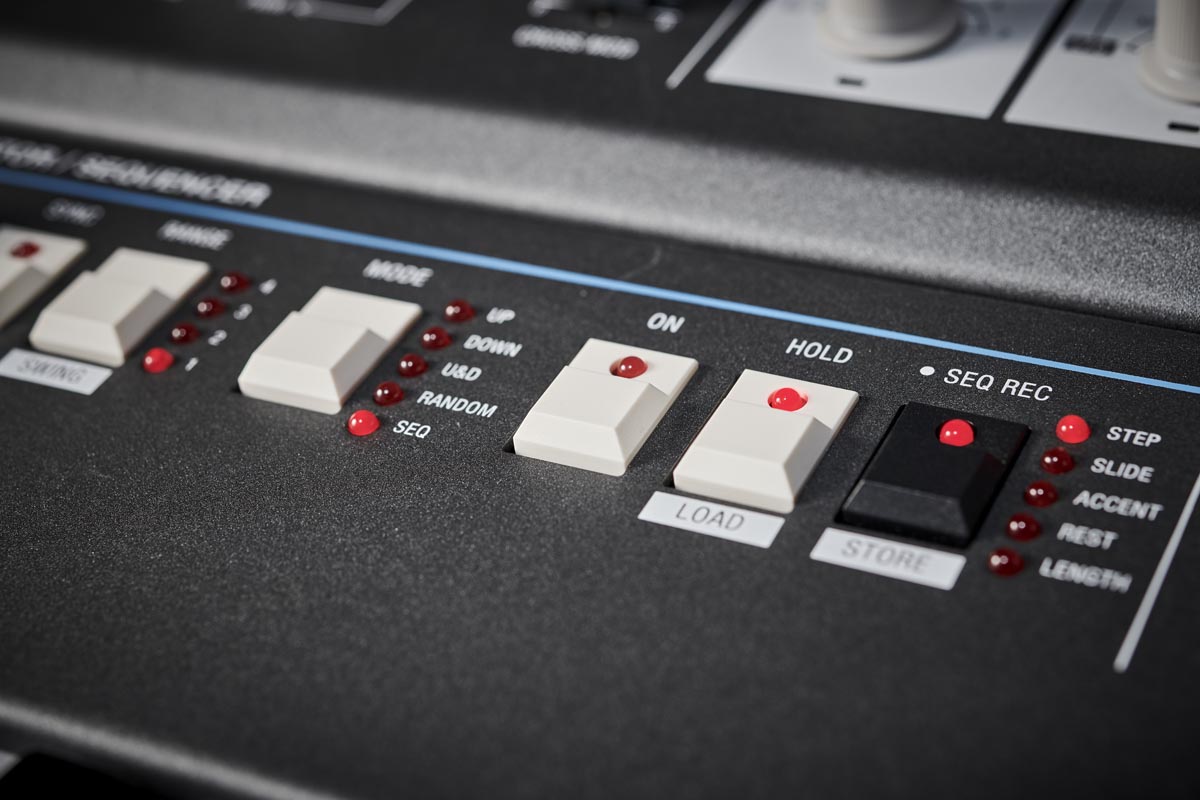
In terms of deeper sound-shaping, (much like other areas of the Super 6), there’s more than meets the eye! You can blend between DDS1 and 2 to get pseudo-layered sounds and the mix knob works as a blend between DDS1 and 2 levels (and as a continuous split point control when set to Xfade mode, gradually blending DDS1 into 2 for totally unique blends).
However, with this great feature I can’t help wishing this was a bi-timbral synth with a dedicated out for DDS1 and 2 but hey, you can’t have everything! Importantly, the way the signal path works is unique.
By default, binaural mode is selected which gives you six voices of true stereo oscillators/signal path (however if you disable the binaural function, the Super 6 switches to a monoaural signal path with 12 voices to work with) these move around the stereo field much like pan-spread works on (say) a Prophet-6 or a Prologue 16 but here you can employ modulation via the DDS modulator and functions (such as phase on LFO1) really mess with the stereo panorama which results in unique stereo animation.
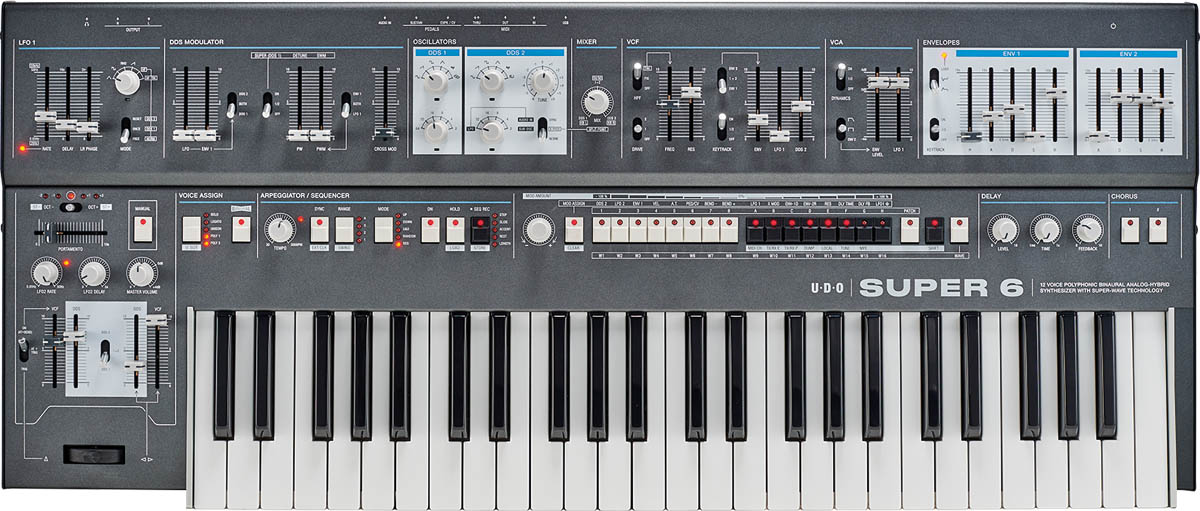
Beyond this, there’s still loads more to explore! You have a versatile-sounding analogue Dave Rossum-designed SSI 4-pole 24db per-octave filter, with an HPF to remove any mud.
It has a wide-ranging powerful resonance, several ways to apply modulation (envelope, LFO1, DDS2) handy drive modes for adding saturation/character (Drive 1 keeps the bass more at higher resonance settings) and you also have several LFO options: LFO1 (which can also work as another oscillator in high track mode), LFO2 (found in the performance section which is usually used for vibrato or filter wobble), while DDS2 can also become an LFO. In addition, Env 1 can be looped as a single-shot LFO too.
Talking of envelopes, there are two onboard and both are super-snappy, detailed and can be flexibly assigned to filter or VCA (and Env1 has a hold stage). They sound suitably nuanced and work great for percussive hits and textures, or more smudgy pads, snappy synth brass, precise basses, punchy cutting leads and more.
Again versatility is a recurring theme. Top all this off with the simple-yet-classy effects and a useful step-sequencer and arp and the Super 6 really is nothing short of super-impressive!
MusicRadar verdict: An impressive machine; even more so for a first release. Intuitive, super-versatile, sounds unique… a pleasure to get lost in!
The web says
“This is a solidly built synthesiser that would look good alongside any other. It’s the kind of instrument that invites rabbit-hole playing whereby you’ll witter away hours playing and orchestrating unique sounds. For our money, you’d be hard pushed to find any hardware synths as good as this without spending much more.“
MusicTech
Hands-on demos
Loopop
Perfect Circuit
Matt Johnson Jamiroquai
Andertons
Specifications
- KEY FEATURES: 49-key Fatar keybed with velocity and aftertouch. MPE capabilites. FPGA-based engine with DDS oscillators. SSI analogue LPF and HPF. Two envelopes; one with looping, two LFOs. Mix control with split/crossfade. Digital delay and chorus.
- DIMENSIONS: 830 x 350 x 90 mm. WEIGHT: 8 kg
- CONTACT: UDO Audio
